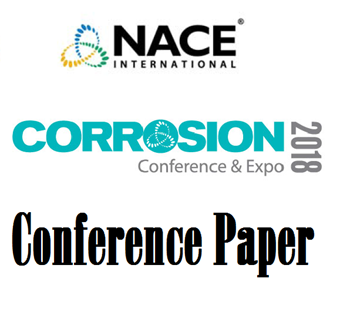Search
51318-11244- MIC Considerations for Cathodically Protected Encased Ductile Iron Pipelines: A Case Study
Also Purchased
07127 Investigating Ductile Iron Pipelines
Product Number:
51300-07127-SG
ISBN:
07127 2007 CP
Publication Date:
2007
$20.00
51313-02485-Ductile Iron Corrosion Science and Theories
Product Number:
51313-02485-SG
ISBN:
02485 2013 CP
Publication Date:
2013
$20.00
51318-11270- DC Transit Stray Current Corrosion Control: Everyone Wins When You Work Together
Product Number:
51318-11270-SG
Publication Date:
2018
$20.00




